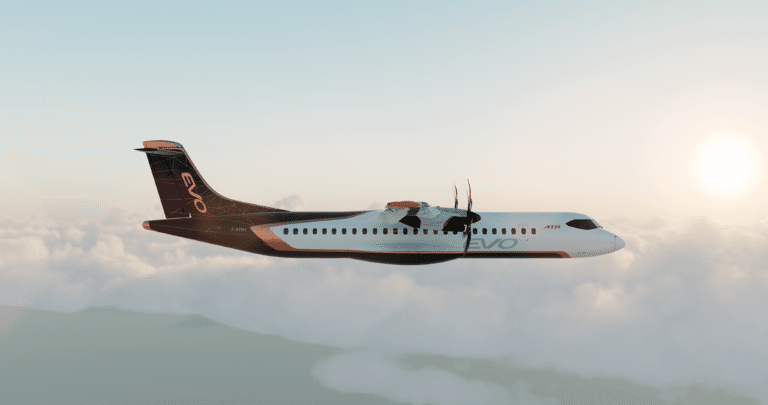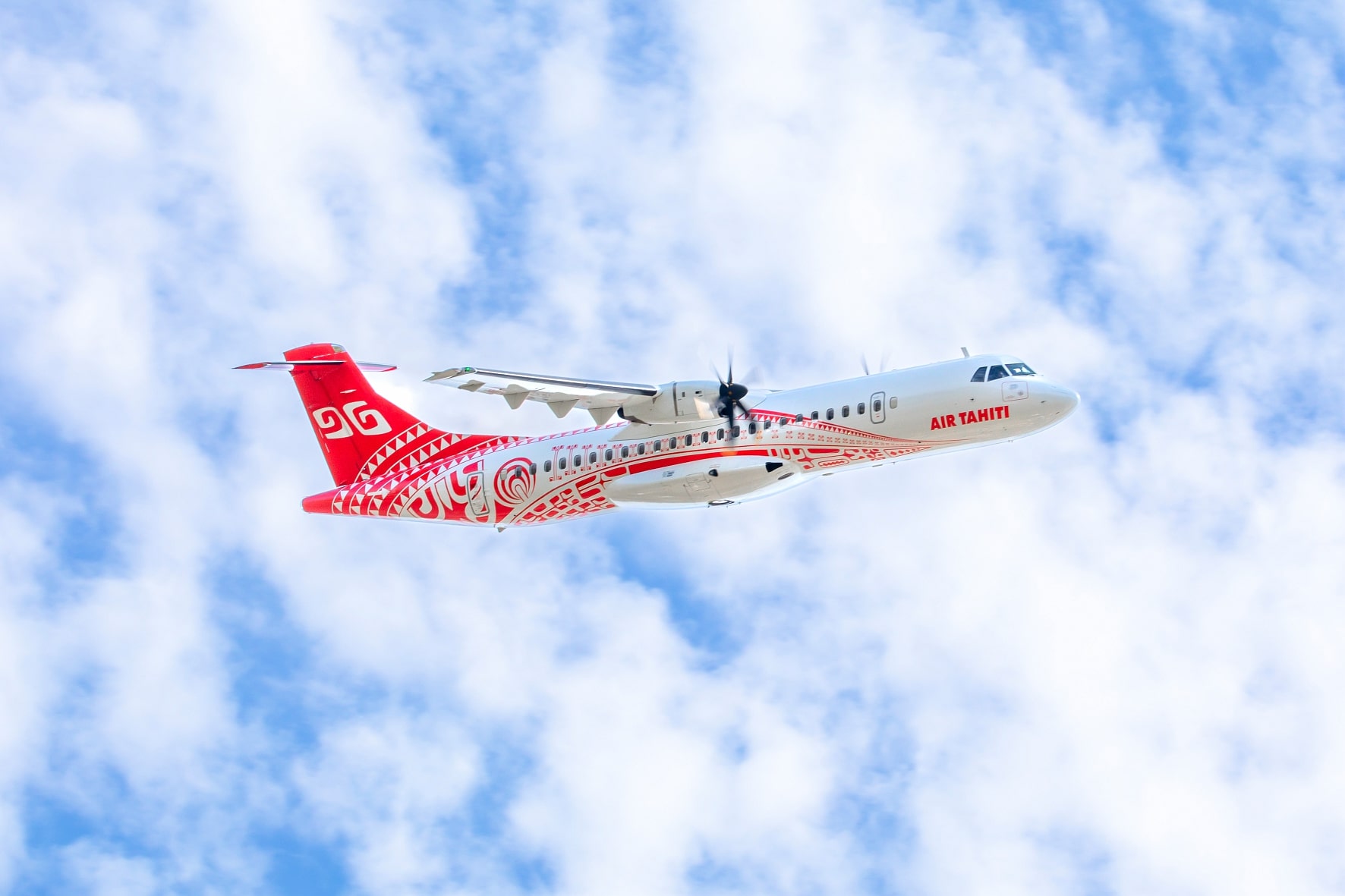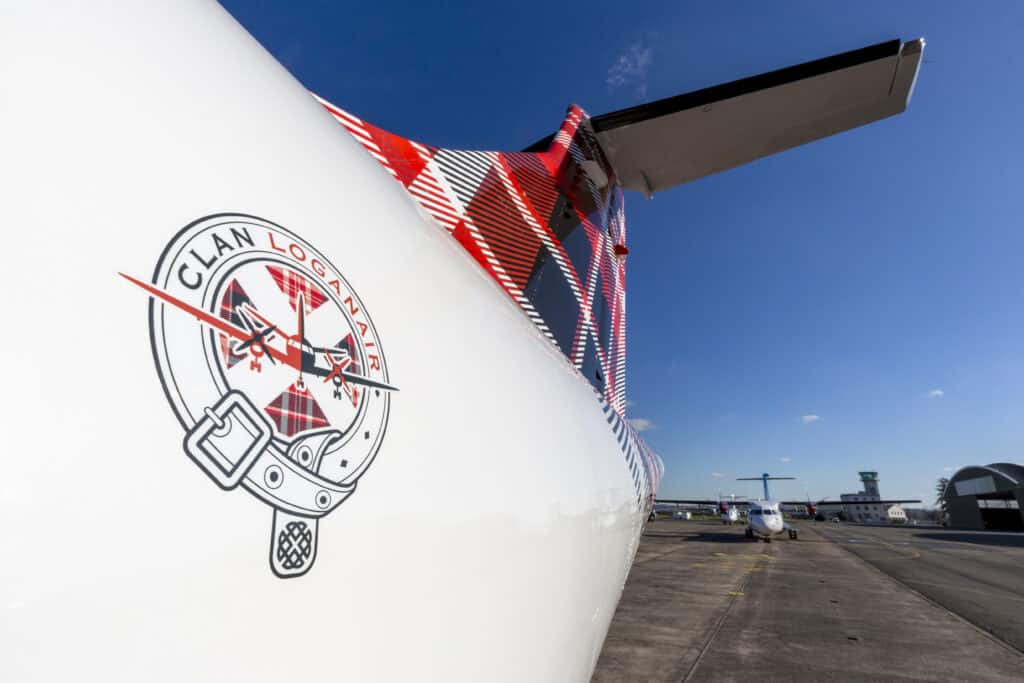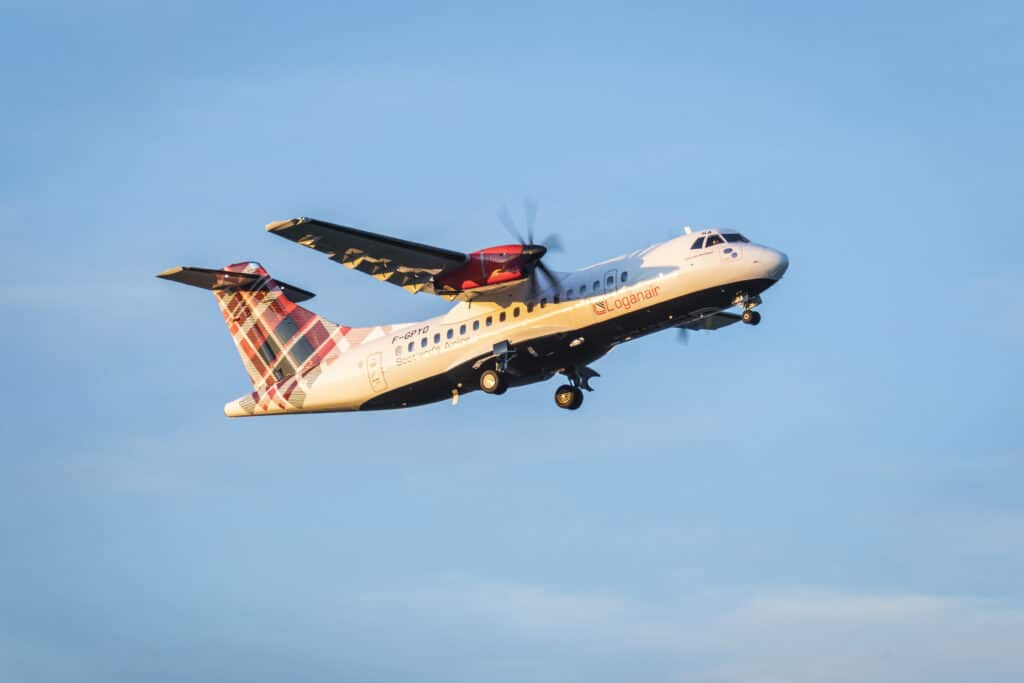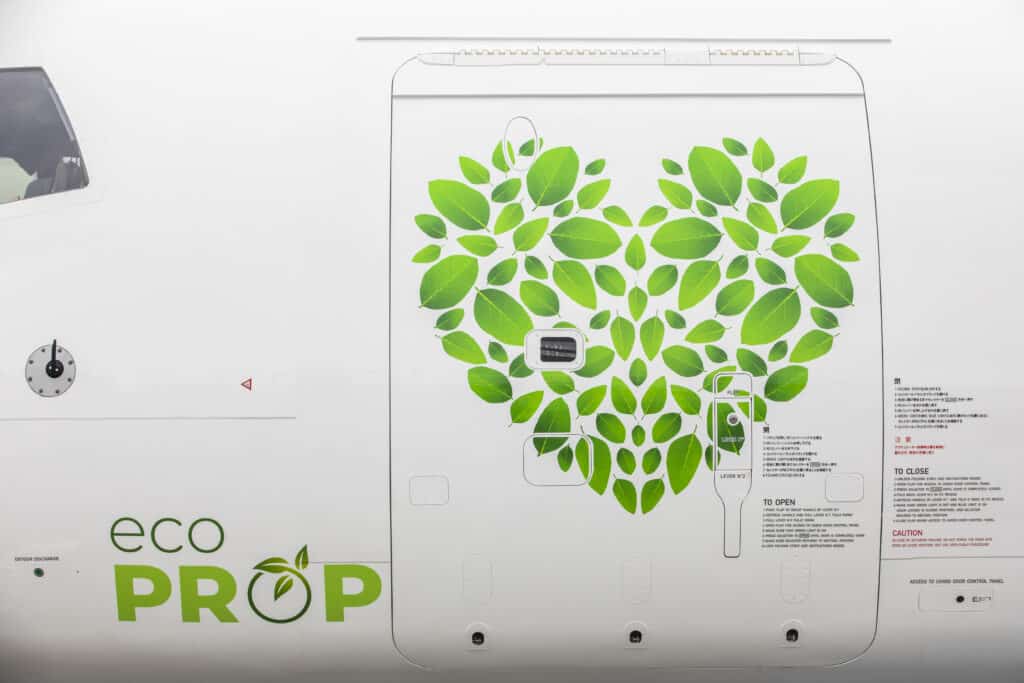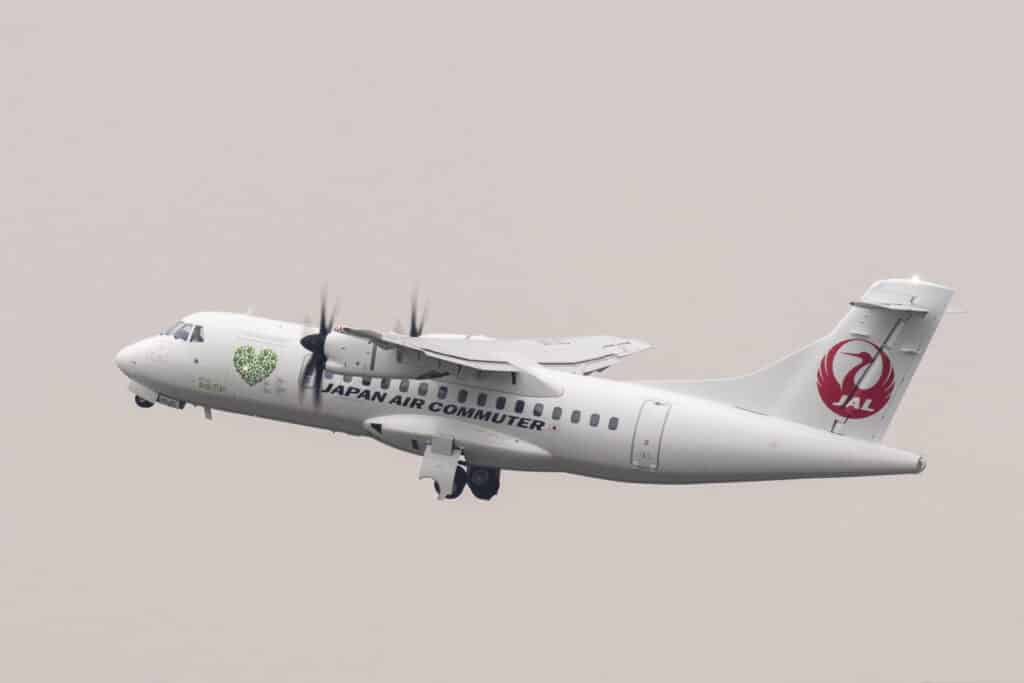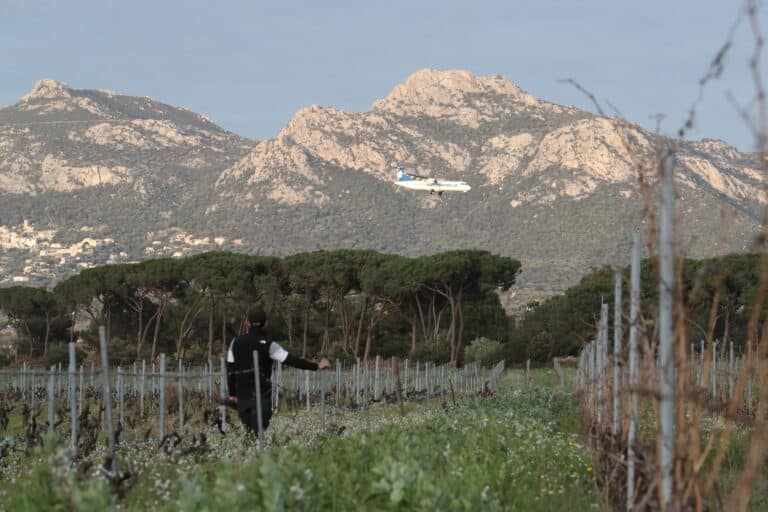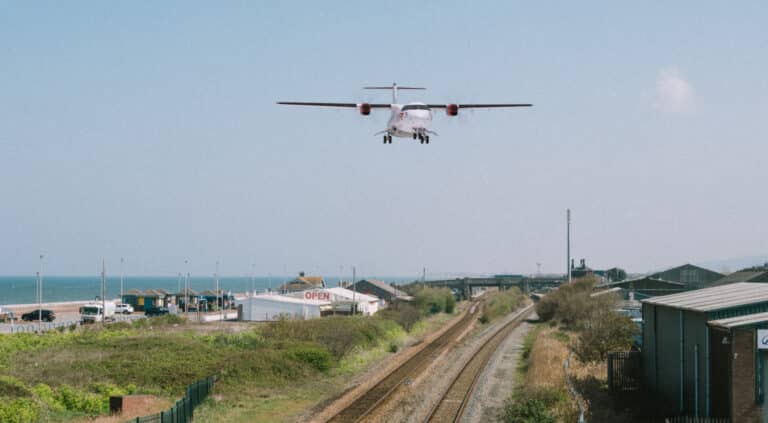Showcasing Regional Culture and Heritage through Aircraft Liveries
Regional aircraft are the lifelines of many remote and underserved communities, providing vital links to major cities and global markets. In these regions, where connectivity is often limited, the presence of an aircraft adorned with a livery that reflects local culture and traditions is more than just a visual representation; it is a source of pride and a reminder of the importance of their heritage.


A cultural experience
Regional aircraft often serve as flying ambassadors, showcasing the unique elements of a region’s or country’s culture to passengers from all over the world. Whether it’s through the use of indigenous patterns, colours inspired by natural landscapes, or motifs representing local folklore, these liveries effectively communicate the story and essence of a region. Passengers boarding a regional flight are not only embarking on a journey to a specific destination but also on a cultural experience that begins the moment they step on board.
Celebrating local cultures
Airlines like Loganair, with their tartan-inspired liveries, exemplify how aviation can become a canvas for regional artistry and traditions. These distinctive liveries go beyond aesthetics; they serve as symbols of identity, fostering a sense of belonging and unity among local communities. When an ATR turboprop painted with unique cultural motifs takes to the skies, it represents not just an airline but a reflection of the people and their roots.
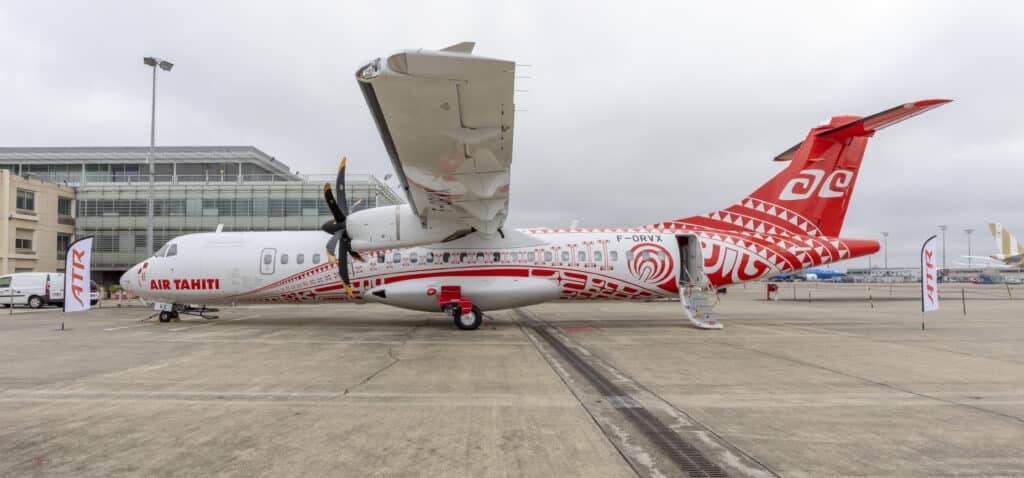
When we look at Air Tahiti, the brand new Tatau livery features stunning Polynesian tattoo designs. Beautifully incorporating ancient motifs with modern technology, it is a symbol of innovation and cultural heritage. Through this, Air Tahiti presents a harmonious blend of heritage and innovation to passengers and communities worldwide, celebrating the deep connection between island populations, archipelagos, and their traditions, while highlighting the essential role their aircraft are playing to maintain territorial cohesion.
Connecting Communities Responsibly
For many remote and rural areas, regional aviation is more than just a mode of transport—it is a lifeline. ATR turboprops connect people living in isolated regions to essential services, medical facilities, education centres, and job opportunities in urban centres. By providing reliable air connections, regional airlines play a crucial role in supporting the growth and sustainability of these communities.
Japanese ATR operators, for instance, play a pivotal role in linking local communities across Japan, promoting social cohesion and unity throughout the nation. Toki Air for example has chosen the name of an ancestral bird also called ‘Japanese crested ibis’, mainly living in Sado island. This is a symbol of the preservation of nature in Japan. It represents the airline’s commitment to connecting preserved areas, which is perfectly illustrated by the livery of their new ATR 72-600, representing the spread wings of Toki.
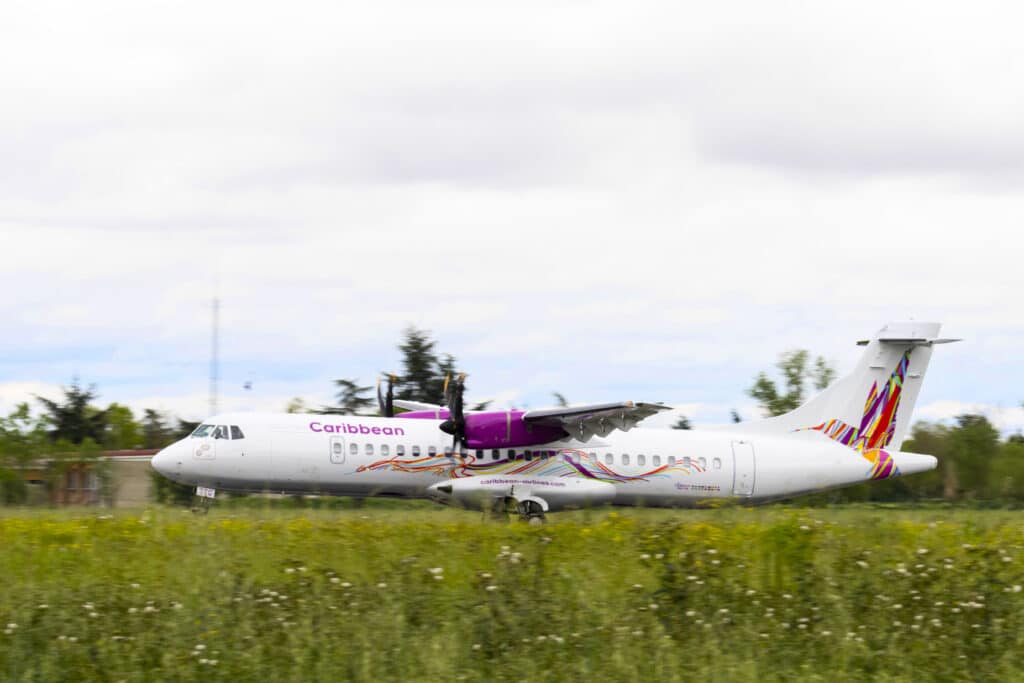
Vibrant diversity
Regional aircraft are the lifelines of many remote and underserved communities, providing vital links to major cities and global markets. In these regions, where connectivity is often limited, the presence of an aircraft adorned with a livery that reflects local culture and traditions is more than just a visual representation; it is a source of pride and a reminder of the importance of their heritage.
Responsible Growth
Essential connectivity is needed both for emerging and mature markets now and in the future. By improving connectivity, regional airlines attract investments, create job opportunities, and boost local businesses. This responsible growth is crucial in ensuring that regional communities thrive and prosper, reducing the disparities between urban and rural regions.
In an increasingly interconnected world, regional aircraft and their liveries bridge the gap between tradition and modernity, ensuring that the rich tapestry of regional cultures remains vibrant and celebrated. They reinforce the sense of belonging and pride within communities and serve as a constant reminder of the importance of preserving and sharing their unique heritage with the world.
In essence, liveries on regional aircraft are not just decorative designs but powerful symbols of cultural preservation, unity, and celebration. They remind us that the pride and celebration of regional cultures and heritage are not confined to the ground but can soar through the skies, connecting people and places in a meaningful way.






